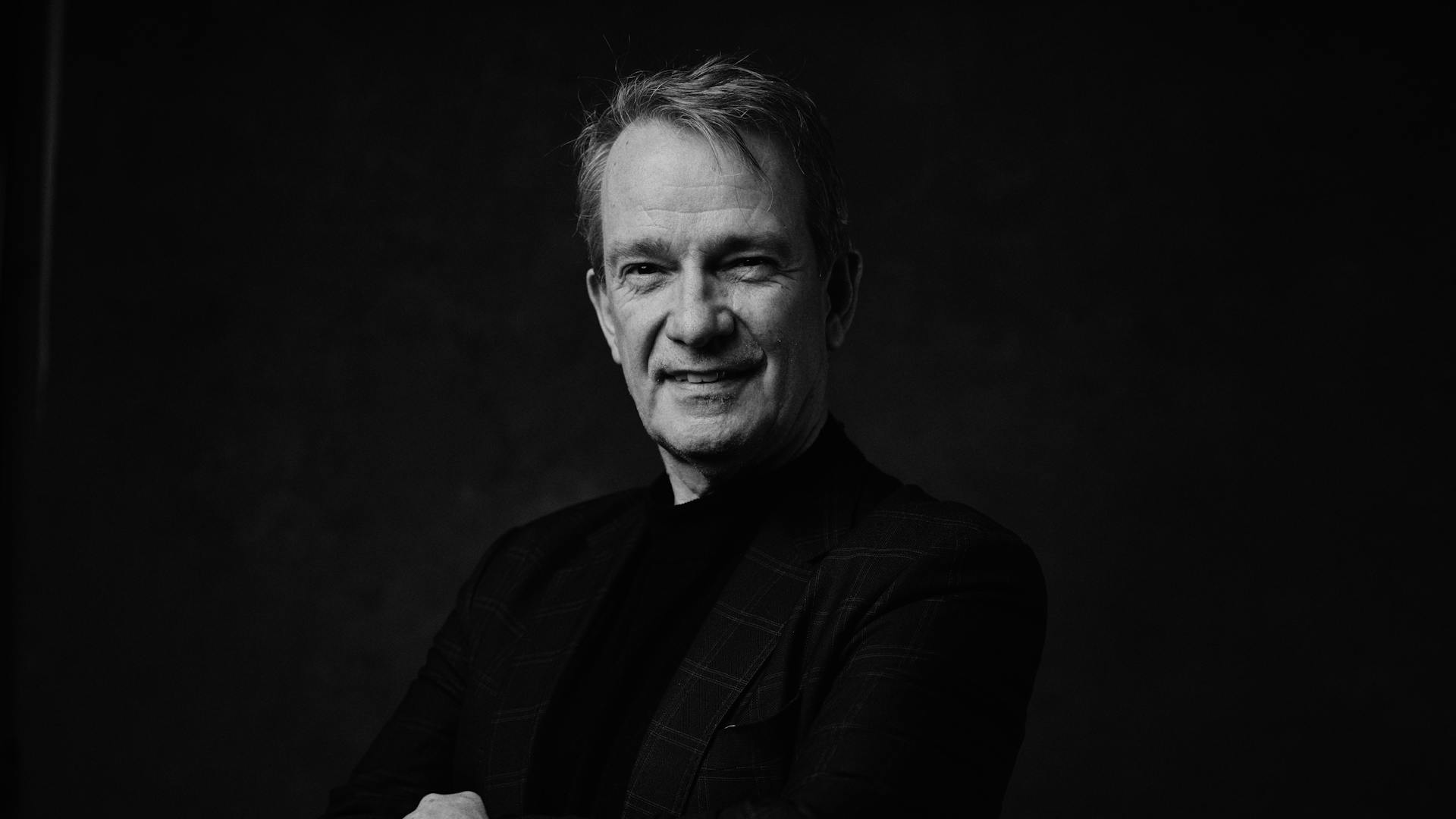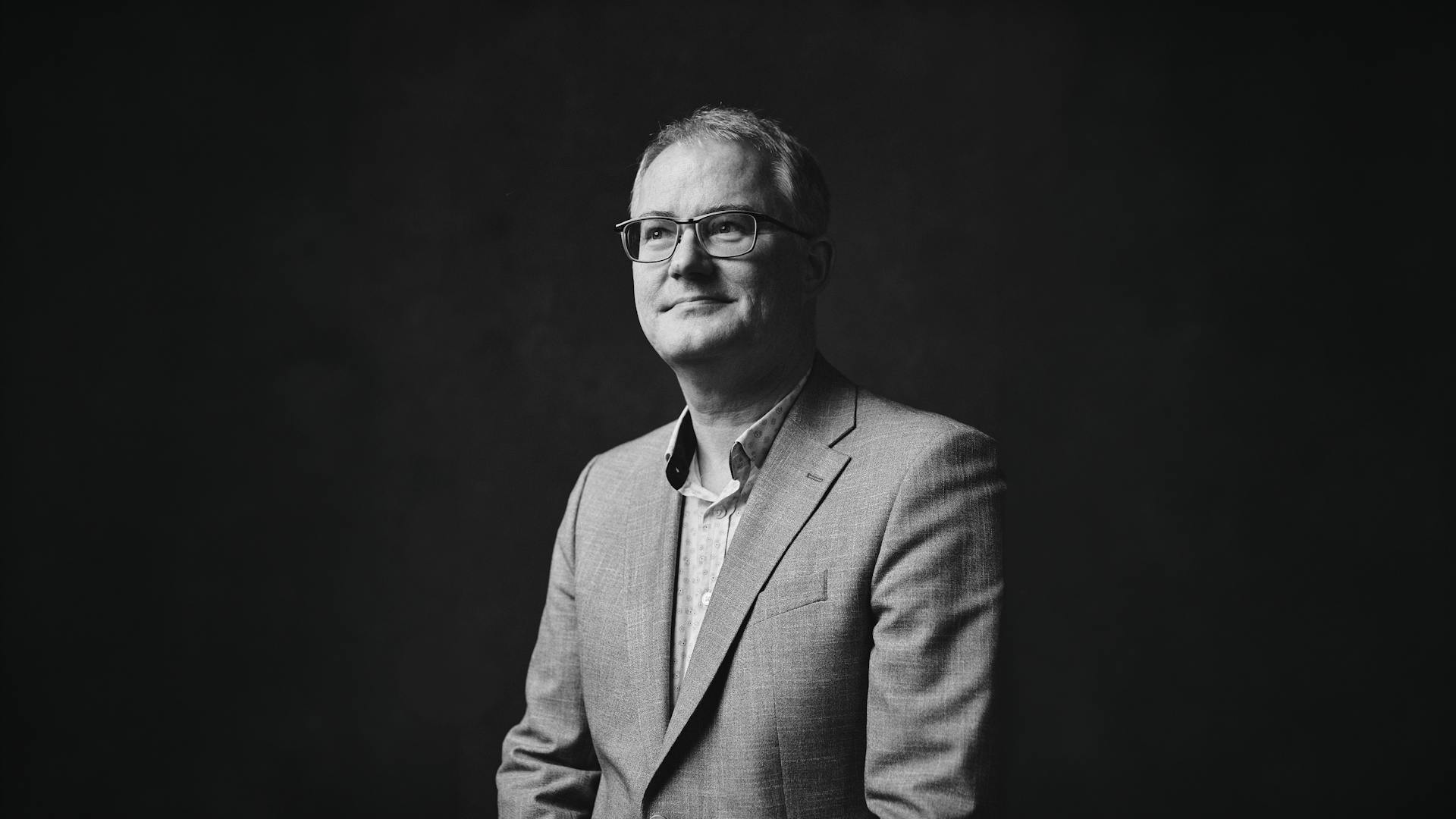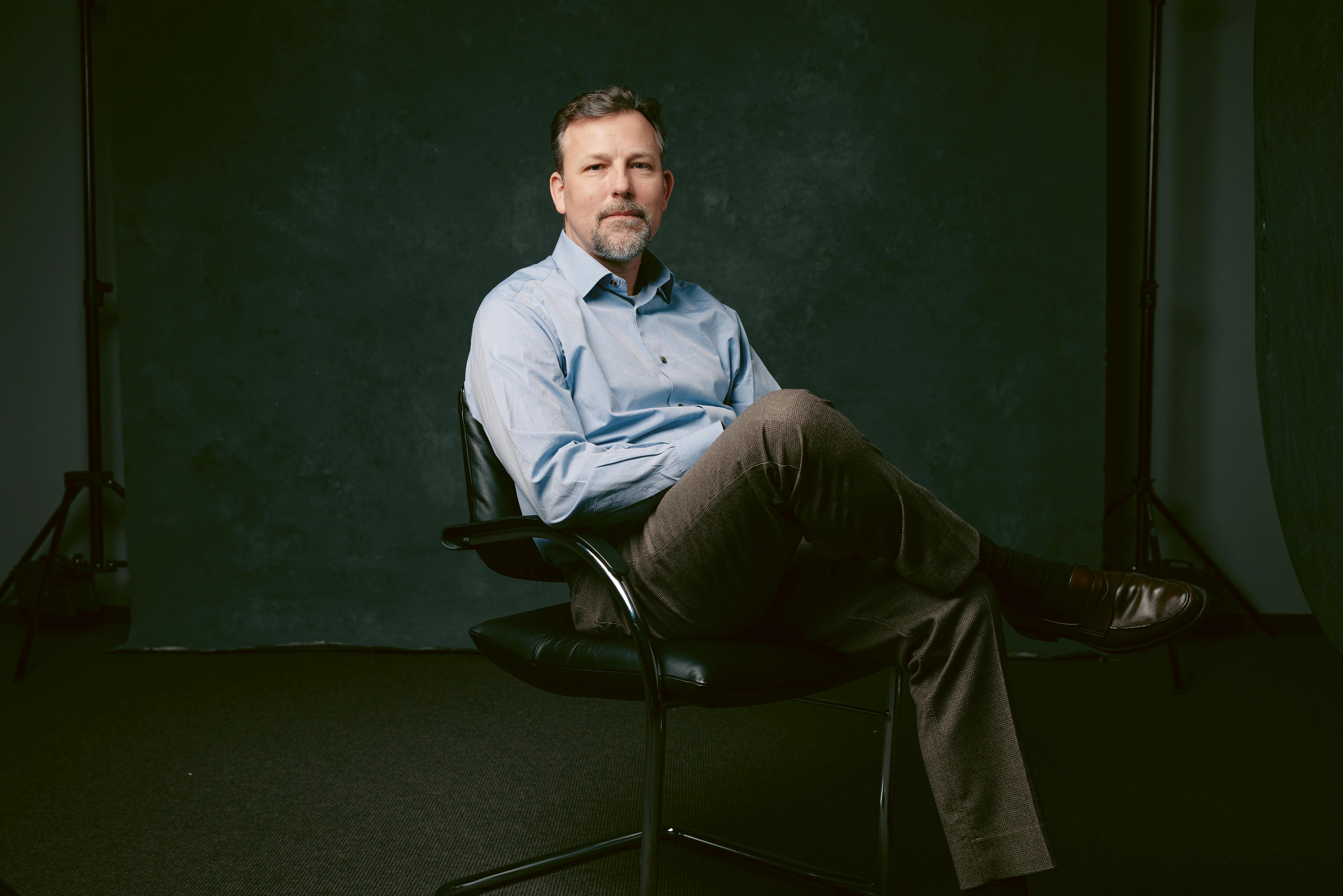Live. Magazine
In 2018, Drug Development leaders Andrew Bushell and Elizabeth Pavlakos first came across an experimental compound which was to change forever the way they looked at developing medicines.
At the time, they were working on the newly formed Early Portfolio team, sifting through promising projects that they could develop into medicines, when they came across XXB750, a hypertension drug candidate that showed considerable potential to lower blood pressure and provide other benefits to underserved patients.
The compound was at a very early stage, however. The only trial that had been conducted until this moment was ongoing in healthy volunteers.
But the potential that Bushell and Pavlakos saw in this molecule was so convincing to management in both Research and Development that they immediately began planning a level of acceleration never seen before in Novartis.
“It was crystal clear that XXB750 had exactly the potential we were looking for,” said Bushell. “We decided we would try something that hadn’t been done before, which was to move a product from governance in research to governance in development and set up a Phase II program without having a proof-of-concept study.”
What followed was a series of bold steps aimed at speeding up development timelines not by months but years. It also led to a strategic mindset shift, which allowed the team around Bushell and Pavlakos to tap into the vast talent reservoir of Novartis and prepare the ground for the future.

Chances and challenges
Speeding up things in drug development is an uphill struggle. Companies such as Novartis have for years tried out new ways of reducing the time it takes to develop a drug. From digital efforts, such as using AI, to working with external partners, Novartis, like most industry players, is tapping into all sorts of technology to push molecules forward.
It still it takes a pharmaceutical company up to 10 years on average to turn an experimental molecule into a marketable medicine. With costs north of 1.5 billion US dollars, financing drug development has also become more expensive over time.
Bushell and Pavlakos were aware of this from the first moment. What they aimed at was not putting in more work, but taking advantage of the molecule’s attributes to cut out some usual, but not necessary, development steps. Their plan was to go straight to Phase II trials even though they had neither patient nor multiple-dose clinical data. They knew that this put them at odds with the normal views of regulators. But they saw their chances.
Before regulators approve the start of a clinical trial, they look at various preclinical study data as well as proof-of-concept trial data. This includes testing a molecule in patients over time with different doses of a potential medicine for safety and other issues. In a nutshell, regulators are looking for data in patients to show there is not going to be a surprise side effect.
“Given the early-stage nature of the project, we couldn’t speak of the effect over time, accumulation or other things that ethics committees and regulators want to see,” Bushell said.
But Bushell and his team did not give in, as they were convinced that they could come up with enough data to start the Phase II trial. “The data we had from the initial tests with healthy volunteers was strong,” Bushell said. “You don’t normally see this level of blood pressure lowering in healthy volunteers, because they’ve got a really healthy arterial structure.”
Another positive factor was that the drug candidate is an antibody, which usually doesn’t have any off-target effects that can drive surprises in the safety profile, like in the case of classic chemical compounds, which often have such off-target effects. “Being a biological drug was a plus, because the safety problem you are looking for is excess blood-pressure lowering and, if you’re in a hypertensive population, that’s not really a problem, that’s a goal,” Pavlakos said.
A third plus was that the discovery teams of Novartis were diving deep into the biology and had plenty of preclinical data which the team could tap into and present to regulators.
The approach worked. Although the team lacked traditional data sets, most regulators and ethics committees recognized their arguments and accepted them, allowing the project to move forward. “All in all, we believe that through this step we were able to cut development time by a few years,” Bushell said.
Trials and triggers
Once they had the regulatory okay to start Phase II trials, Bushell and Pavlakos and their colleagues had no time to rest. “Our target is to enroll about 300 patients in our trial,” Pavlakos said. “Now we’re up and running with the first centers on board. But this doesn’t mean it has become easier just because we got the approvals and the first trials started.”
One of the reasons is that XXB750 is a drug candidate for resistant hypertension – a disease in which Novartis has rarely done clinical trials before, although the company has done massive trials in classic hypertension. “The centers we relied on in the past have not come up with satisfying recruitment numbers,” Pavlakos said. “So, we decided to break new ground by tapping into nephrology centers too.”
The reason for this step is that kidney specialists often see more cases of resistant hypertension since this is one of the main triggers for renal failure. The team is now looking at new centers that could help the company recruit patients and include them in the clinical trial.
Boundaryless approach is key
One of the key success factors on the journey so far is the way in which Bushell and Pavlakos organize their team. After taking on the responsibility for the development of XXB750, they immediately began to put together a team that was not limited by organizational boundaries – leading to what they now call a “boundaryless thinking team.”
“Because we have had to take many different job profiles into our decision-making and planning, we had to pull people from all over the research and development organization, as well as from the commercial side even at a time when they wouldn’t normally apply resources,” Bushell said.
While the core team, which consists of seven associates, is working on strategic issues, the extended group of experts is tackling the day-to-day challenges. “Novartis is in fact a great repository of knowledge and capabilities,” Bushell said. “So, in a way, we are counting on a boundaryless team consisting in principle of some 100000 people.”
If somebody is needed to join the team, Bushell and Pavlakos go and talk to them. “We are bringing the right people to address the right questions at the right time,” Pavlakos said. “So, we don’t overstretch people. As a result, the size of our team is dynamic,” said Pavlakos.
However, the boundaryless concept does not work without accountability and empowerment. “You can’t have one without the other,” Bushell explained. “It’s about appropriate decision-making processes, appropriate empowerments, accountability, understanding boundaryless thinking, and the entrepreneurs, all blended together.”
Broad objectives
The approach has already resulted in success stories within the Technical Research & Development (TRD) unit of Novartis, which is in charge of formulating clinical stage drugs and preparing bulk production.

Tim-Robert Soellick:
Crossing functional borders.
Since they started working together early on, Bushell and Tim-Robert Soellick, TRD Technical Project Leader, as well as other TRD members have been able to develop an innovative continuous manufacturing solution which allows the medicine to be produced in one go instead of being chopped up in different production waves.
“When you aim to produce high volumes, the continuous manufacturing process means you have more flexibility for your access and business model,” Bushell said. “And this also involves early thinking around how we put the plans together, not just to reach 10 million people with this drug, but to allow hundreds of millions of people and their families to benefit from it.”
The TRD organization will also support future drug development projects, including a long-acting version of XXB750 as well as an oral backup and a reversal agent.
But the mindset shift may achieve even more: “We have adopted this boundaryless thinking to say that we are not just building a plan for XXB750,” Bushell said. “We are building a plan for Novartis to dominate the entire space. This is value added in a whole new dimension.”









